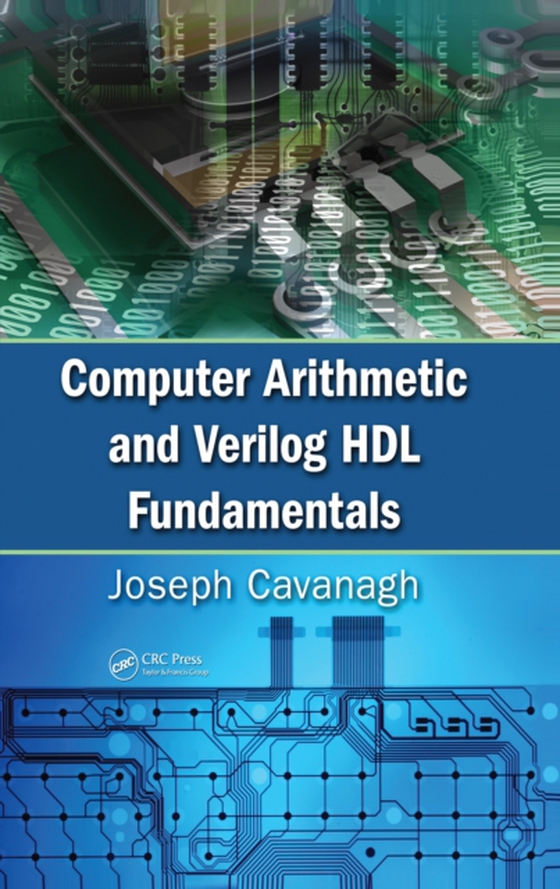
Computer Arithmetic and Verilog HDL Fundamentals e-bog
2190,77 DKK
(inkl. moms 2738,46 DKK)
Verilog Hardware Description Language (HDL) is the state-of-the-art method for designing digital and computer systems. Ideally suited to describe both combinational and clocked sequential arithmetic circuits, Verilog facilitates a clear relationship between the language syntax and the physical hardware. It provides a very easy-to-learn and practical means to model a digital system at many level...
E-bog
2190,77 DKK
Forlag
CRC Press
Udgivet
19 december 2017
Længde
971 sider
Genrer
TJFC
Sprog
English
Format
pdf
Beskyttelse
LCP
ISBN
9781439811276
Verilog Hardware Description Language (HDL) is the state-of-the-art method for designing digital and computer systems. Ideally suited to describe both combinational and clocked sequential arithmetic circuits, Verilog facilitates a clear relationship between the language syntax and the physical hardware. It provides a very easy-to-learn and practical means to model a digital system at many levels of abstraction. Computer Arithmetic and Verilog HDL Fundamentals details the steps needed to master computer arithmetic for fixed-point, decimal, and floating-point number representations for all primary operations. Silvaco International's SILOS, the Verilog simulator used in these pages, is simple to understand, yet powerful enough for any application. It encourages users to quickly prototype and de-bug any logic function and enables single-stepping through the Verilog source code. It also presents drag-and-drop abilities.Introducing the three main modeling methods-dataflow, behavioral, and structural-this self-contained tutorial-Covers the number systems of different radices, such as octal, decimal, hexadecimal, and binary-coded variationsReviews logic design fundamentals, including Boolean algebra and minimization techniques for switching functionsPresents basic methods for fixed-point addition, subtraction, multiplication, and division, including the use of decimals in all four operationsAddresses floating-point addition and subtraction with several numerical examples and flowcharts that graphically illustrate steps required for true addition and subtraction for floating-point operandsDemonstrates floating-point division, including the generation of a zero-biased exponentDesigned for electrical and computer engineers and computer scientists, this book leaves nothing unfinished, carrying design examples through to completion. The goal is practical proficiency. To this end, each chapter includes problems of varying complexity to be designed by the reader.
 Dansk
Dansk

